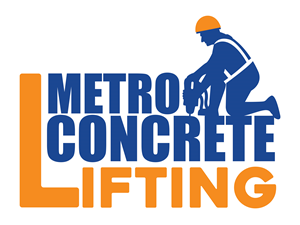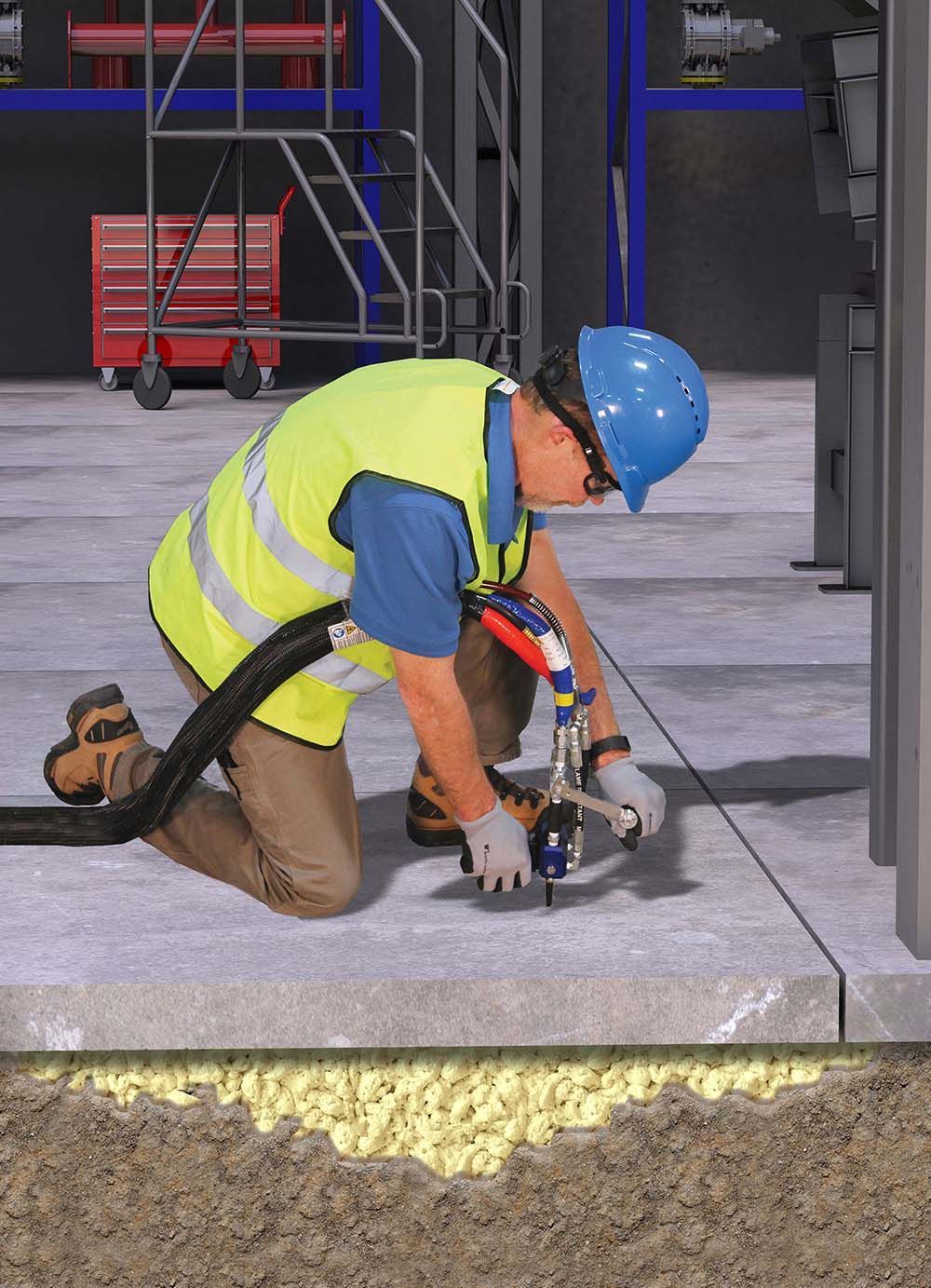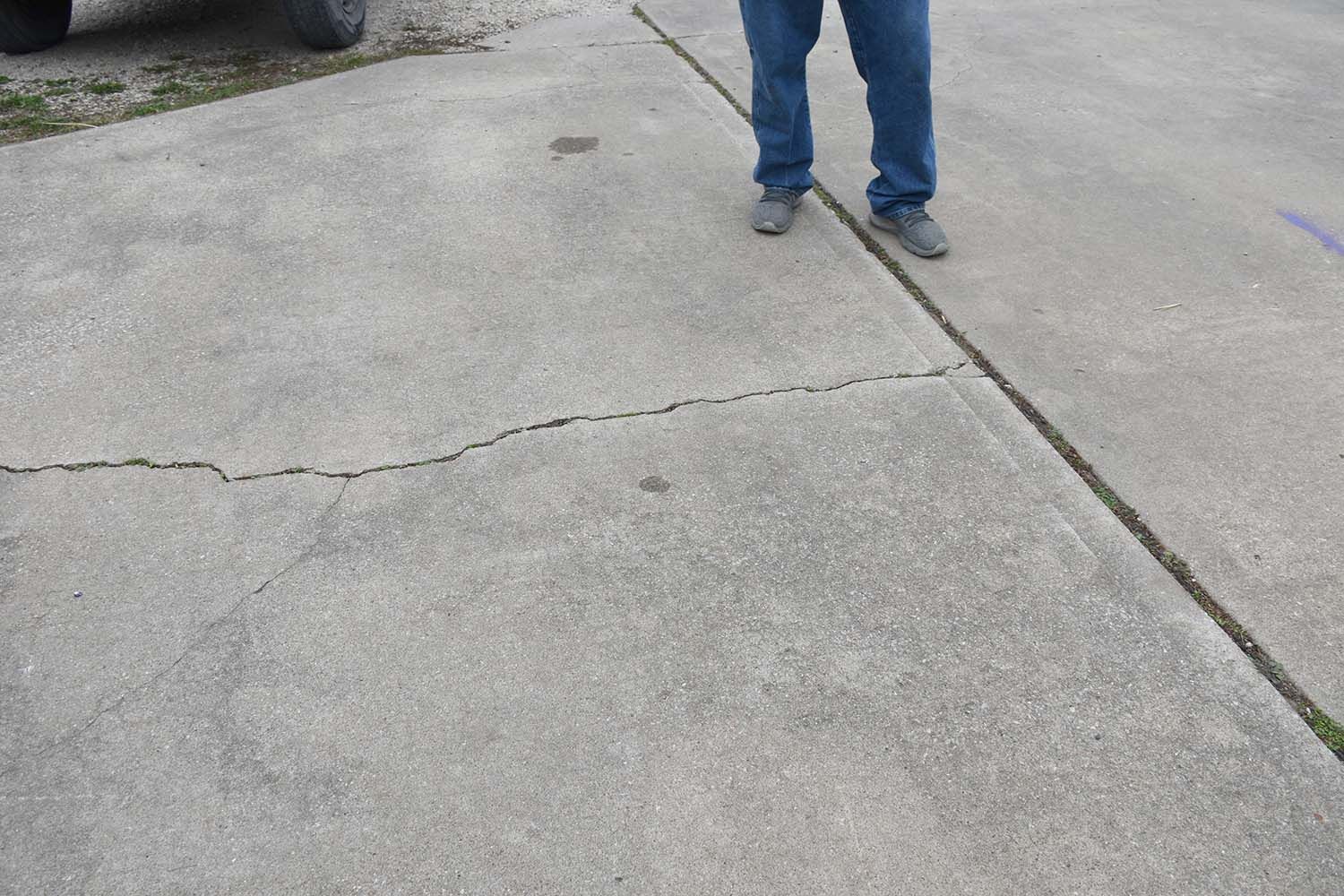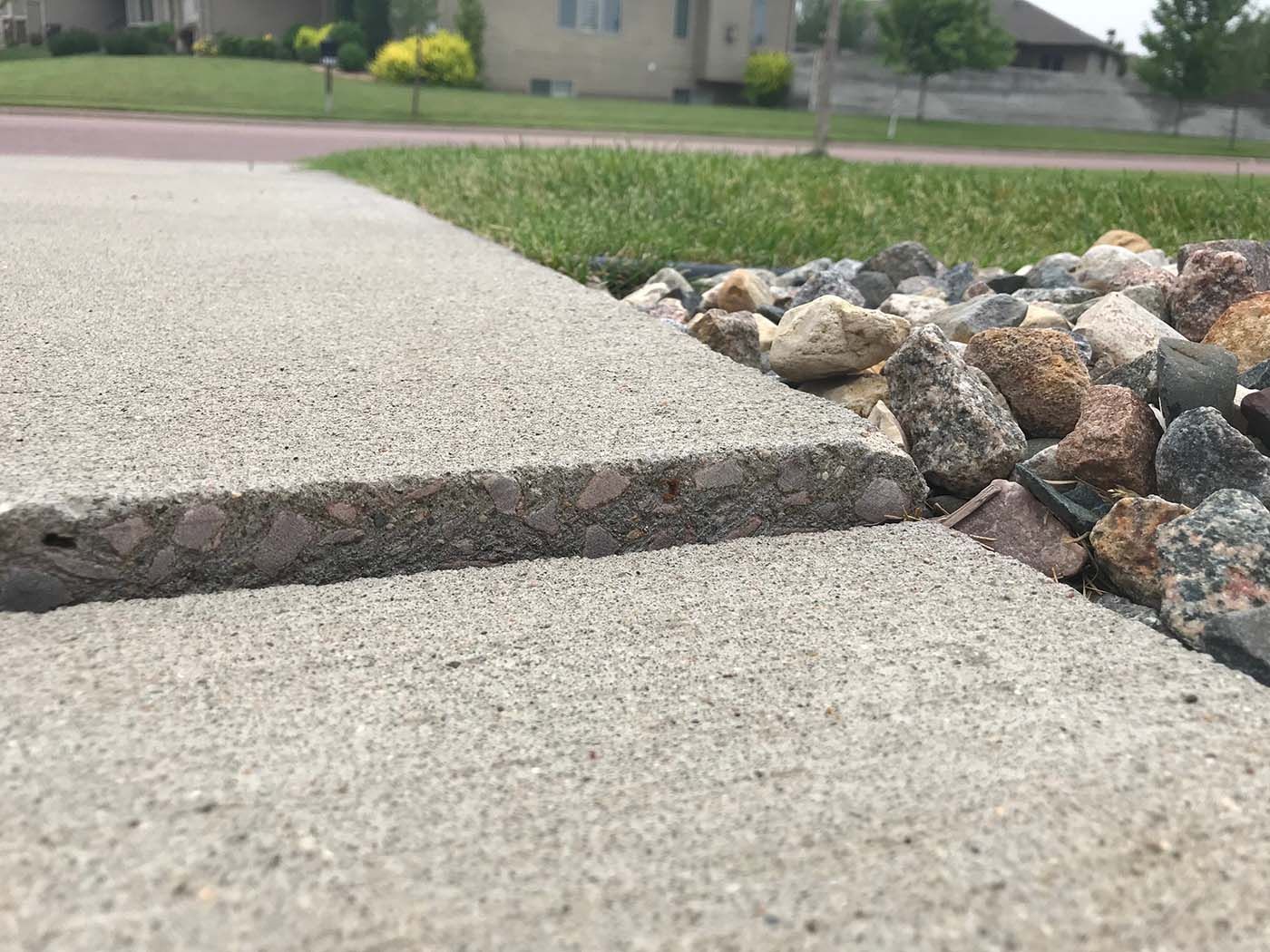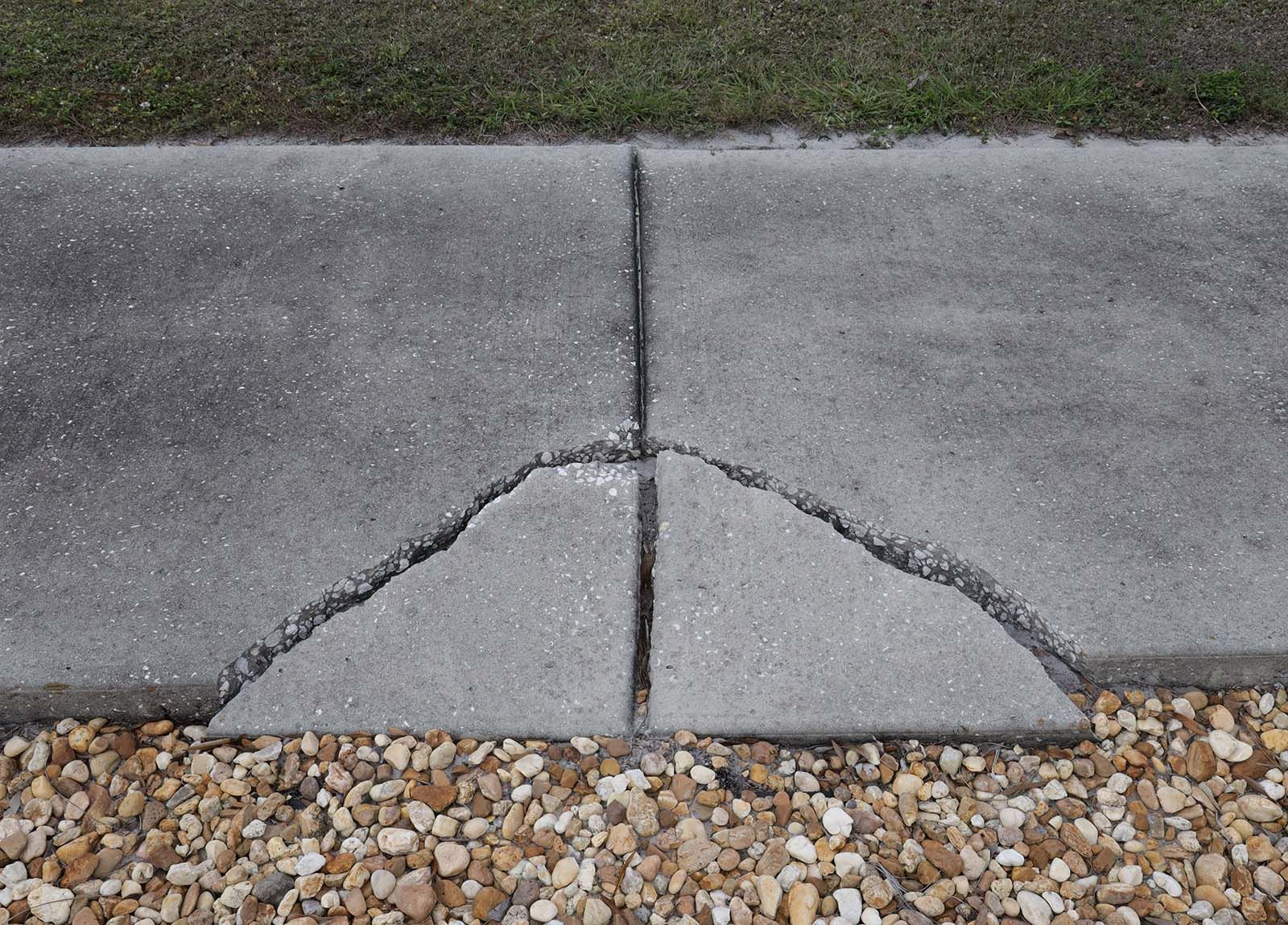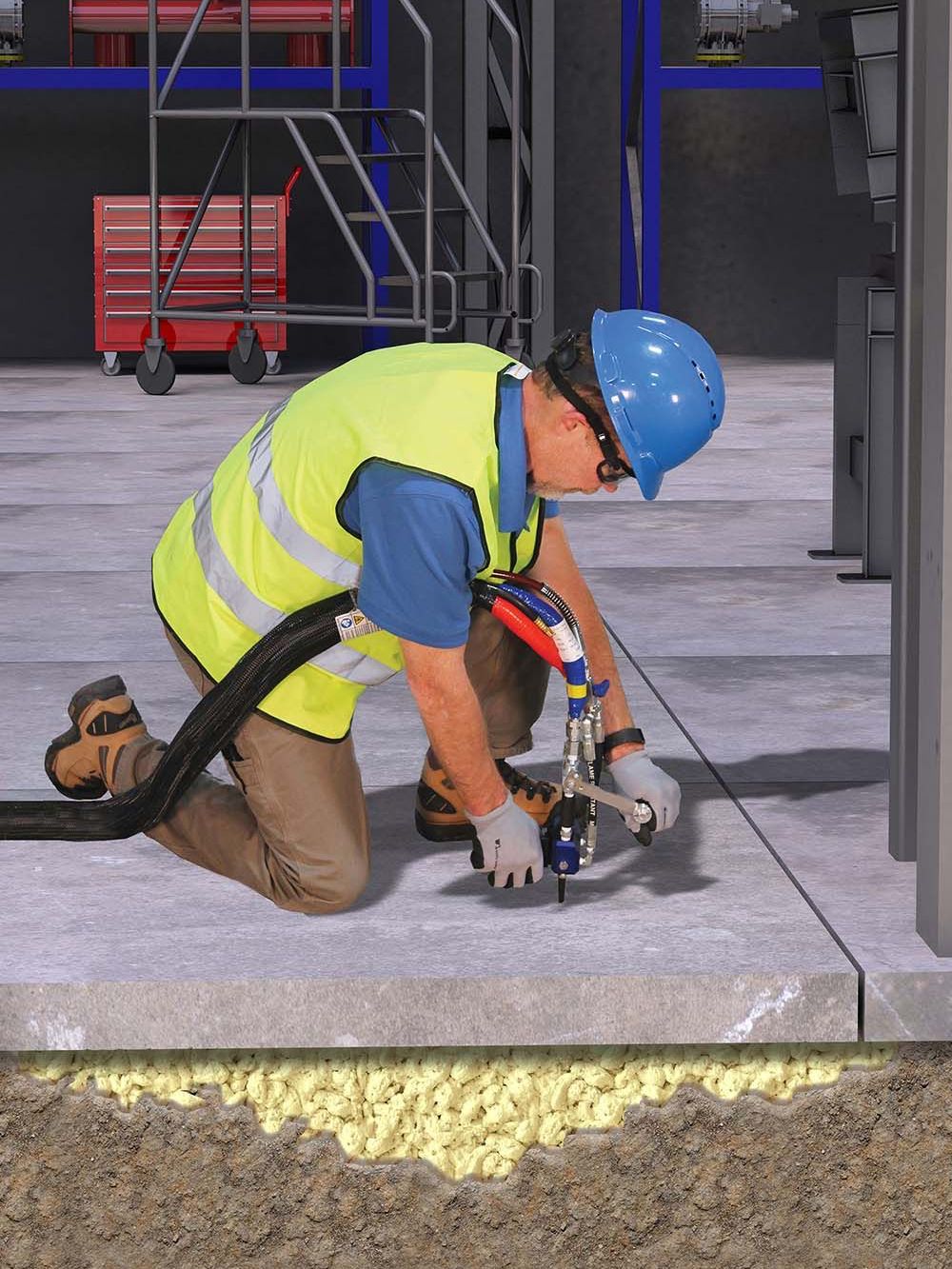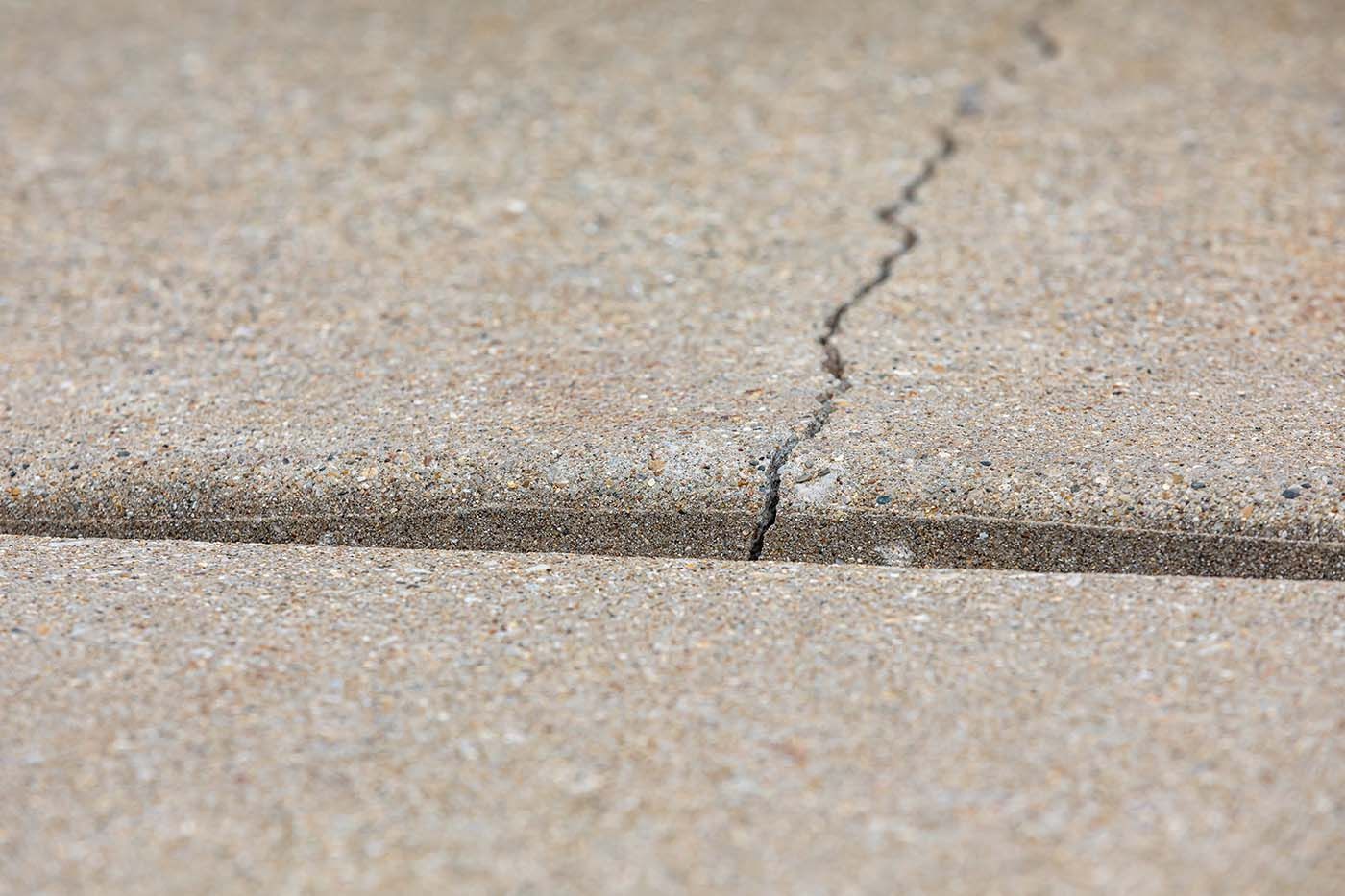The Causes of Uneven Concrete
Request A Free EstimateIdentifying the Culprits Behind Your Uneven Driveways, Sidewalks, and Patios
As homeowners and business owners in New Jersey, Westchester, and the Lower Hudson Valley, you've likely noticed that over time, concrete surfaces like driveways, sidewalks, patios, garage floors, and basement floors can become uneven. Not only does this affect the aesthetic appeal of your property, but it can also pose safety risks. Understanding the common causes of uneven concrete is the first step toward effective prevention and repair.
- Soil Settlement: One of the primary reasons concrete surfaces become uneven is soil settlement. After construction, the soil beneath concrete slabs can settle due to various factors, leading to a lack of support and causing the concrete to sink or crack.
- Poor Subgrade Preparation: Before pouring concrete, it's crucial to prepare the subgrade properly. Insufficient compaction or the use of inappropriate materials can result in an unstable base, leading to uneven surfaces as the concrete settles.
- Erosion: Water is a significant enemy of concrete stability. Improper drainage or heavy rainfall can erode the soil beneath concrete slabs, creating voids that cause the concrete to become uneven over time.
- Tree Roots: While trees add beauty to your property, their roots can wreak havoc on nearby concrete surfaces. As roots grow and expand, they can lift and crack concrete slabs, leading to unevenness.
- Freeze-Thaw Cycles: In regions like New Jersey and New York, freeze-thaw cycles are common. Water that seeps into cracks in the concrete can freeze and expand, causing the cracks to widen and the concrete to become uneven.
- Heavy Loads: Consistently placing heavy loads on concrete surfaces, such as parking heavy vehicles on driveways, can cause the slabs to sink or become uneven, especially if the subgrade is not adequately prepared.
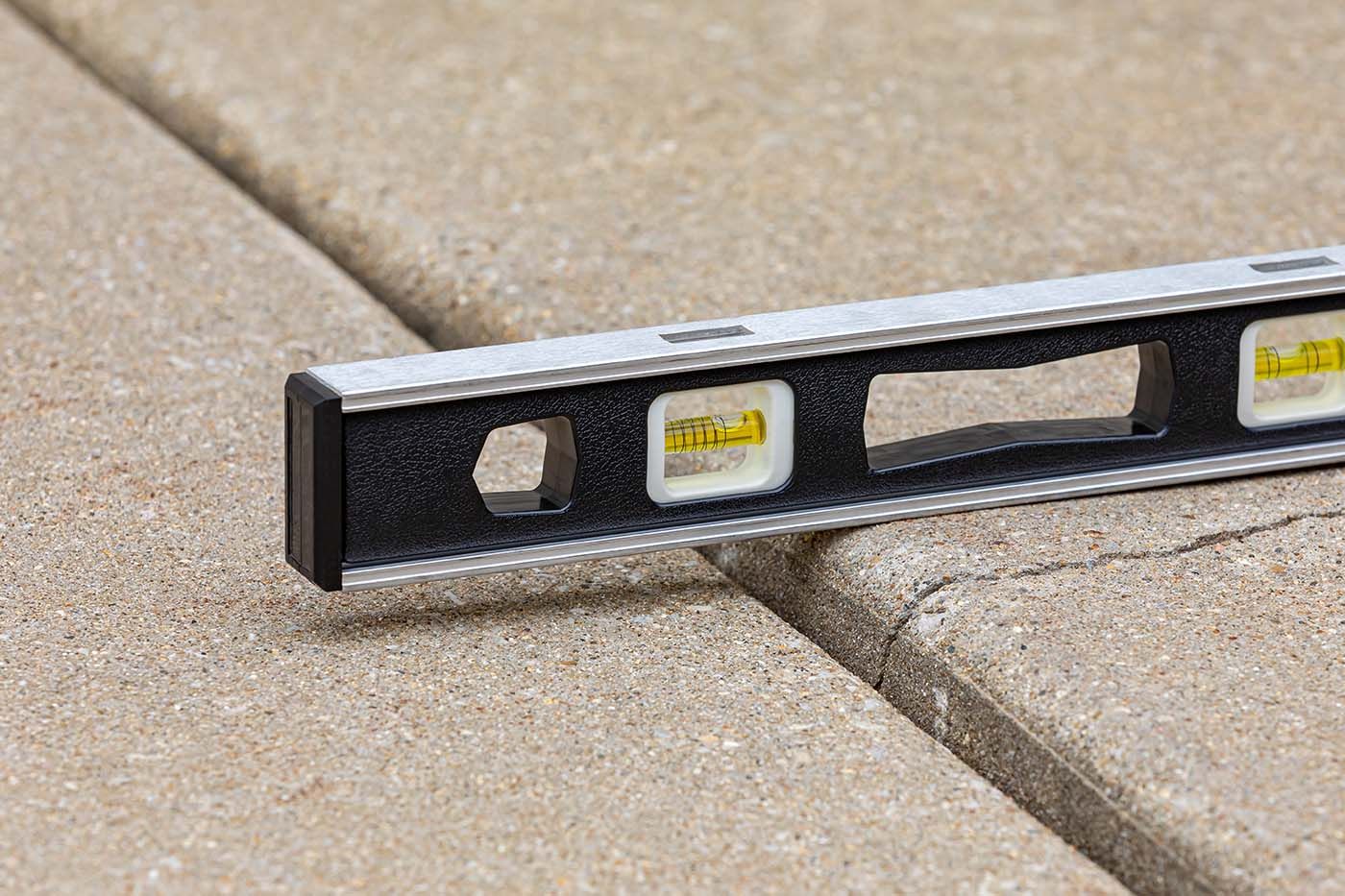
Preventive Measures and Solutions
Understanding these common causes is essential, but what can you do to prevent or fix uneven concrete surfaces?
- Proper Installation: Ensure that concrete is poured over a well-compacted and appropriate subgrade to provide a stable foundation.
- Regular Maintenance: Seal cracks promptly to prevent water infiltration and address drainage issues to avoid soil erosion.
- Tree Management: Plant trees away from concrete surfaces and manage root growth to prevent them from lifting the slabs.
- Professional Assessment: If you notice uneven concrete, it's advisable to consult professionals who can assess the situation and recommend appropriate solutions.
At Metro Concrete Lifting, we specialize in polyurethane foam lifting services, a cost-effective and efficient method to level uneven concrete surfaces. This technique involves injecting a lightweight, expanding foam beneath the sunken concrete, lifting it back to its original position without the need for complete replacement. It's quick, durable, and minimally invasive, allowing you to enjoy your smooth surfaces in no time.
If you're dealing with uneven concrete in your driveways, sidewalks, patios, garage floors, or basement floors, don't wait for the problem to worsen. Contact us today for a free estimate and let our experienced team restore the beauty and safety of your property.
